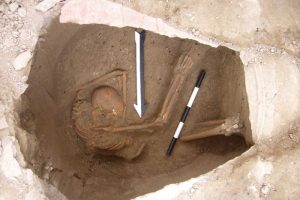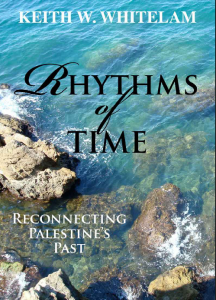We saw recently that the DNA of ancient Canaanites is found among modern Syrians; we now have further evidence that the DNA of the ancient Mycenaeans is found among modern Greeks, too. It’s in the Nature journal:
Genetic origins of the Minoans and Mycenaeans
Here we show that Minoans and Mycenaeans were genetically similar, having at least three-quarters of their ancestry from the first Neolithic farmers of western Anatolia and the Aegean, and most of the remainder from ancient populations related to those of the Caucasus and Iran. However, the Mycenaeans differed from Minoans in deriving additional ancestry from an ultimate source related to the hunter–gatherers of eastern Europe and Siberia, introduced via a proximal source related to the inhabitants of either the Eurasian steppe or Armenia. Modern Greeks resemble the Mycenaeans, but with some additional dilution of the Early Neolithic ancestry.
That abstract knocks out what I was taught at school about the Minoans being a distinct race from the Mycenaeans. The research overturns a few alternative theories about the origins of both peoples that have been floated over the decades.
What I find fascinating is just how many people do tend to “stay put and carry on” throughout all the historical migrations and conquerings and resettlements that we read about.
Who has the courage to test and publish the DNA research of Palestinian/West Bank bones throughout the millennia against the various populations in those regions today?


